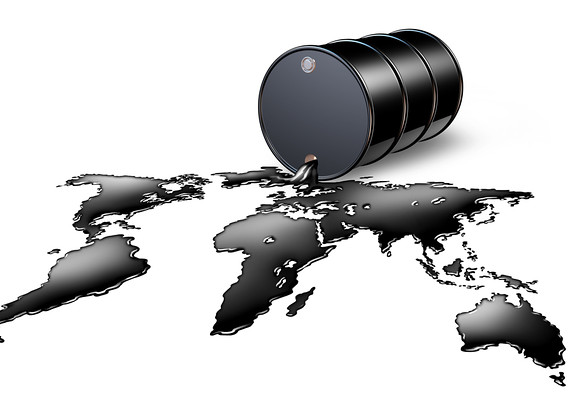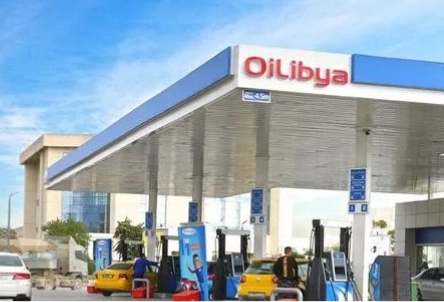That’s primarily due to a growing population, sluggish power grid investments and slower-than-expected sales of electric vehicles worldwide, according to Sustainability and Strategy Director Aurelien Hamelle.
“There are around 4.5 billion people today with insufficient access to energy in the so-called ‘global south’… If you add to that the expected growth in population to 2050 you would need to multiply current energy production by four to pull them out of energy poverty,” Hamelle said at a press conference.
The annual report presented three scenarios: current trends, a moderately ambitious “momentum” scenario, and a “rupture” scenario aligned to the Paris Agreement.
TotalEnergies said the world was currently on track to consume 90 million barrels of oil per day in 2050, with demand peaking after 2035 based on current trends.
By contrast, rival BP expects oil to peak next year, with consumption in 2050 around 75 million barrels per day.
Under Total’s momentum scenario, oil demand would peak just after 2030 and fall to 70 million barrels per day in 2050.
The Paris-aligned scenario would require oil demand to peak before 2030, with consumption falling to 44 million barrels per day in 2050.
NEW OIL AND GAS PROJECTS NEEDED
Hamelle defended the company’s plans to pursue exploration of new oil and gas projects, saying existing fields decline by 4% annually and that investments were needed to maintain current production levels.
“We have an exploration portfolio which allows us to have optionality in years to come, on projects we may or may not sanction,” Hamelle said, adding that projects with a final investment decision were those the company believed were pertinent even in the event of an acceleration on climate action.
The company recommended quick deployment of low-cost, mature technologies like renewables and gas-fired plants to replace existing coal plants, light electric vehicles, liquefied petroleum gas for cooking in developing countries, and residential heat pump installation.
Significant rollout of technologies such as capturing and storing CO2, or hydrogen-powered fuel cell EVs, would likely come in the 2030s, with e-fuels and hydrogen-powered steel production seen as likely in the 2040s.
“What we see clearly is that the United States will lead the pace of the global energy transition, but China plays an accelerating factor,” Hamelle said.
As a domestic producer, the United States can afford to spend more money than Europe to electrify and decarbonise its energy system, he said, because it does not need to pay additional transportation and liquefaction costs on imported oil or gas, he said.
China and India, by contrast, were still bringing new coal-fired plants online, one-third of which would likely still be operating in 2050.
Reporting by America Hernandez and Tassilo Hummel; Editing by Benoit Van Overstraeten, Kirsten Donovan and Emelia Sithole-Matarise – Reuters




